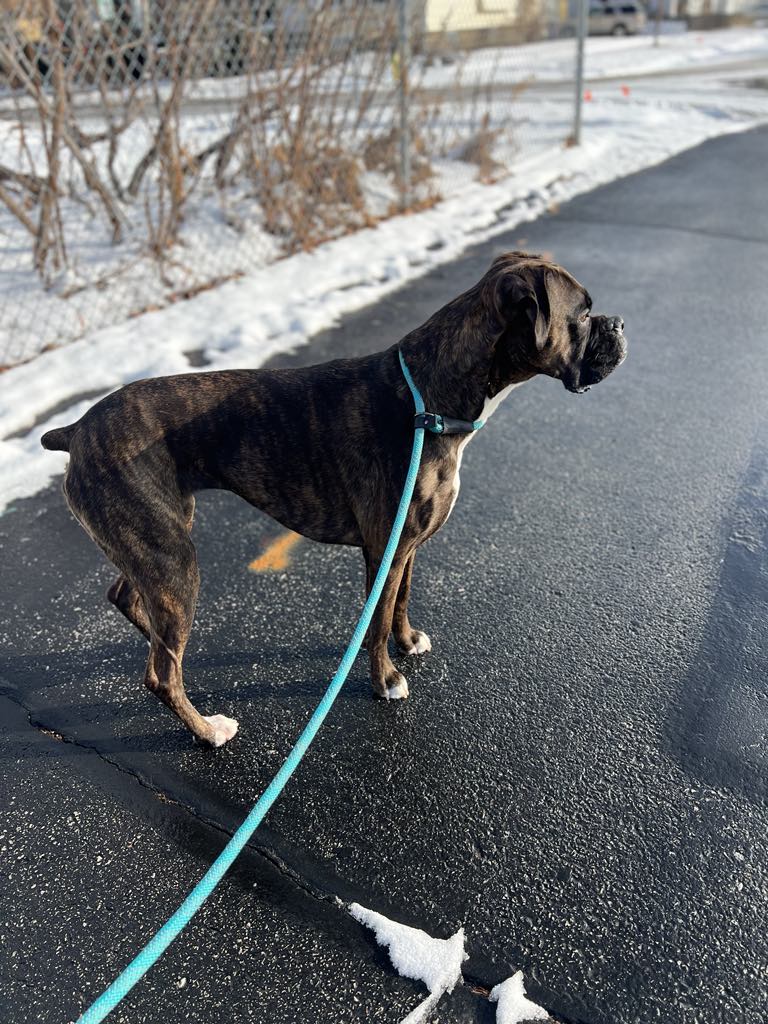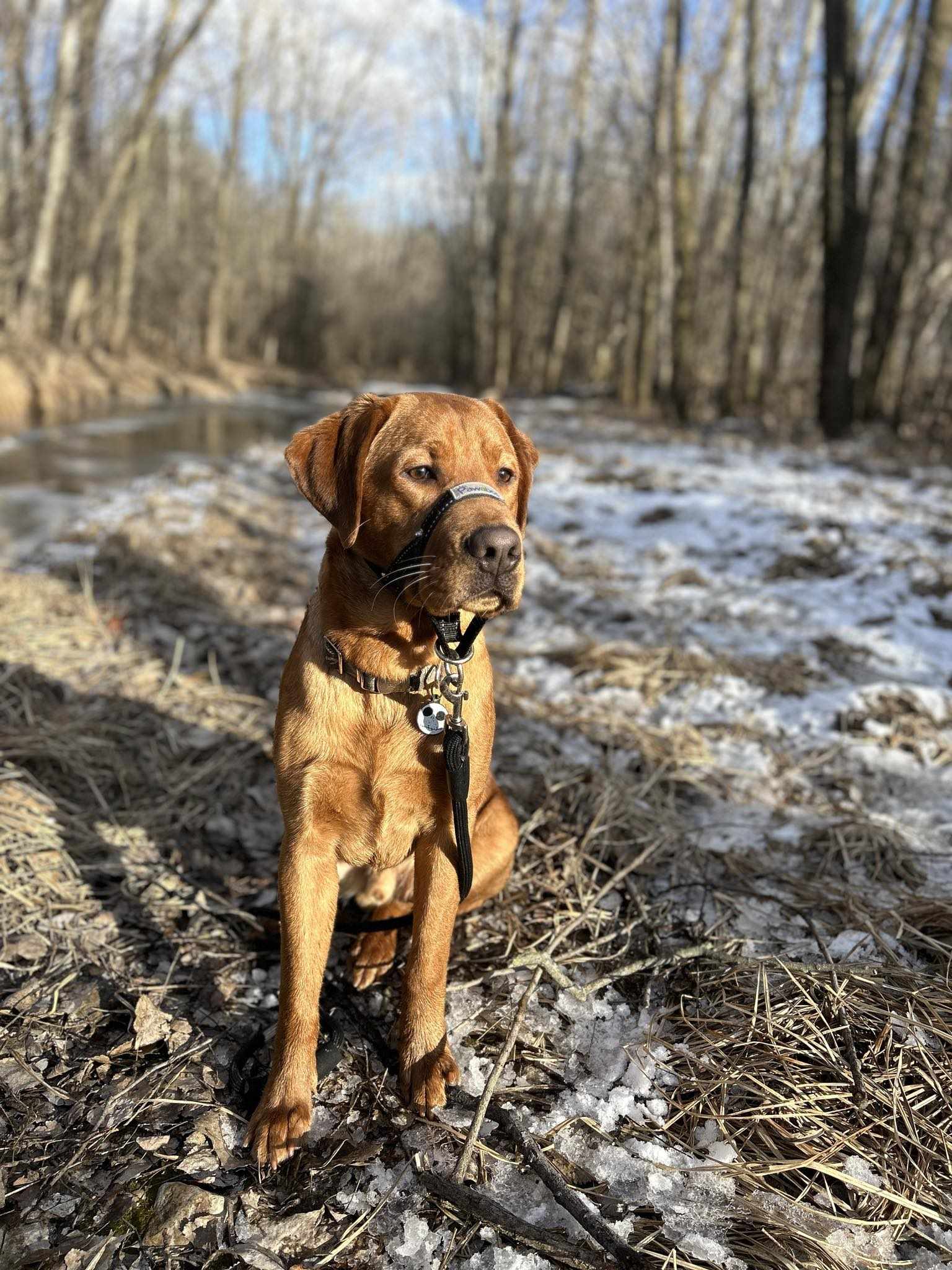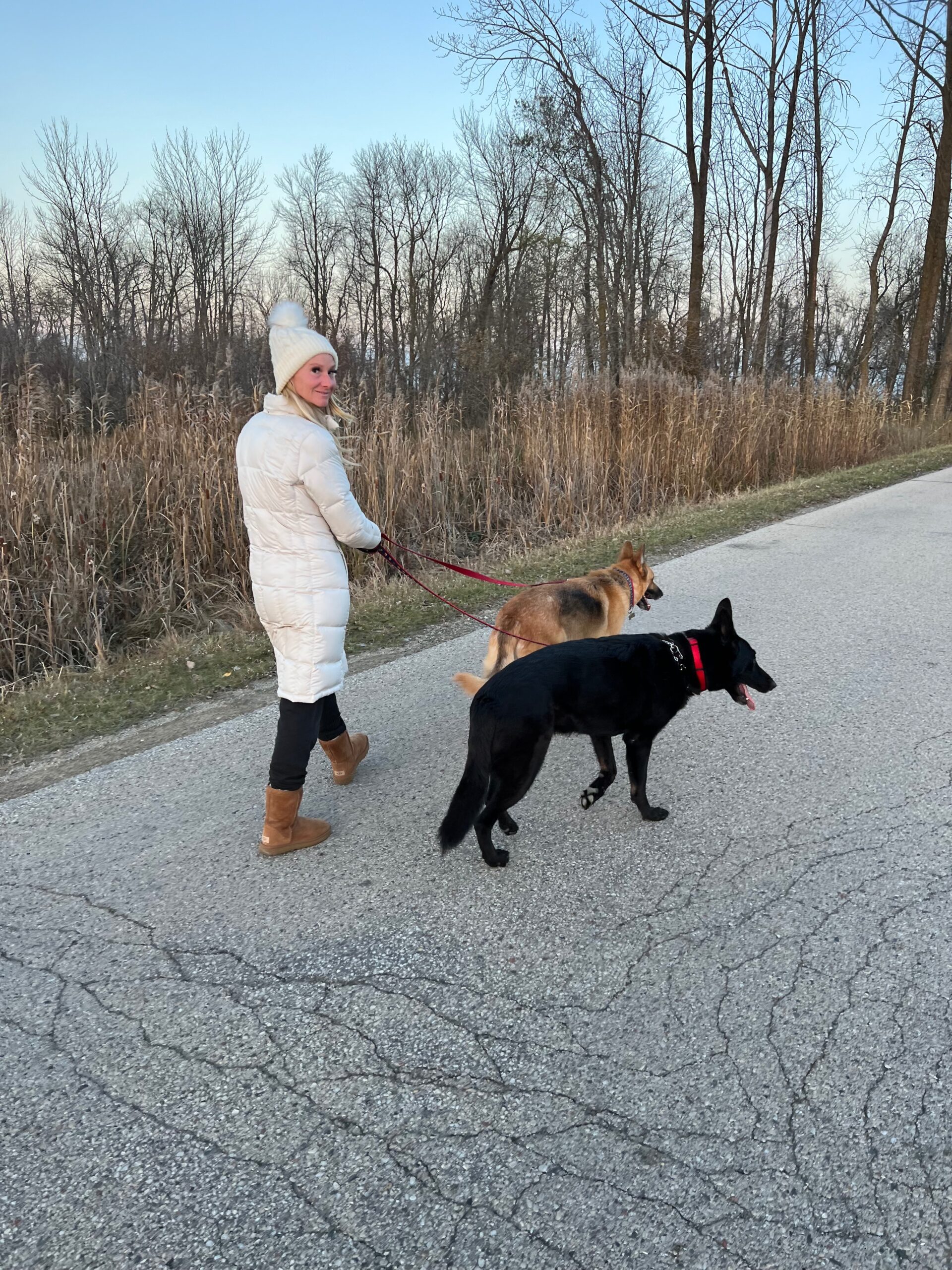Walking Your Dog: Tips on How to Have the Best Experience
Dog walking - it doesn't seem like a very glamorous topic, but most people want to walk their dogs. Walking your dog is very important for their overall physical and mental well-being. It provides numerous benefits not only for them but for you as well. Something so simple as walking your dog should be straightforward, but there is a lot to consider when walking your dog. In this blog, we'll provide helpful tips on having the best experience walking your dog.
Getting Ready for Walking Your Dog
Fit Check
As spring arrives and the weather turns warm, we and our pets start getting outside more. We take them to the dog park or for a playdate, and they overdo it. Consequently, we see an influx of animals at this time of year experiencing lameness or overexertion.
Think about it this way: If you're not an athlete and weren't very active over the winter, it wouldn't be a good idea to just go for a five-mile run. You might get blisters and sore muscles. Dogs are the same way. They'll need to gradually transition into increased activity levels, especially if they've been inactive during winter.
Not only is it important to ease your dog into physical activity, but it's also essential to ensure it is fit enough for walking. For example, taking a significantly overweight dog on a lengthy walk before it's ready for it isn't a good idea. Start with short walks, even just to the end of the driveway and back, and gradually build on the distance.

Vaccinations
It's also critical to ensure your dog is current on its veterinary checks and vaccinations - most of the things we vaccinate against live outside when you're outside. The parvovirus lives in the environment for a long time. Leptospirosis is carried by rodents and wildlife and through water and urine contamination. Let's also remember fleas, ticks, heartworms, and rabies, all of which your dog has exposure to outside on their walks. If they're outside, they get exposed to the elements and bugs spreading those diseases.
Also, from time to time, we see an uptick in kennel cough. Your dog could come into contact with a dog who has kennel cough on its walk. It's not just for kennels. Kennel cough is aerosolized, lands on stuff, and can live in the environment for a little bit. If you walk your dog in a heavy dog neighborhood, we recommend your dog is up to date on its vaccinations.
Age and Breed
It's important to consider your dog's age when it comes time to walk them. For example, puppies will not be great walking companions right away, but you can train them to be. You can't take them for a mile run right away. You need to start slow. On the opposite side of the spectrum, senior dogs also need caution when walking. The American Kennel Club has an excellent resource on How to Exercise Your Senior Dog (akc.org).
Your dog's breed plays a role in walking. If you have a brachycephalic dog (dogs with short faces and short noses) like French bulldogs, Boston terriers, pugs, and even Pitbull terriers, they are not ideal walking dogs because they can't breathe. They can't breathe in general, but they can't breathe, especially when they get hot because they can't cool themselves. You want to avoid taking them out in hot weather or for long walks. They can go on short walks in cool weather, but that's usually their limit.

If you're active and want to enjoy the benefits of walking with your dog or even running, there are certain breeds you should look to avoid. These include but are not limited to, Huskies, Malamutes, American Eskimos, Burmese mountain dogs, and brachycephalic dogs, as discussed above. Some of these dogs are colder-weather dogs, and they may not be ideal walking companions because you have to pay attention to the temperature for them.
Gear Up: Essential Walking Equipment
If your dog is all set for walking, what are you walking them with? Is your dog leash trained? There may be a leash law in place based on where you live. In our area, the City of Green Bay, we have an Animal Running at Large Ordinance, which means they aren't required to be on a leash. Still, you have to control your animal at all times, but they recommend being on a leash of significant strength. Being on a leash is especially important because not all dogs like other dogs. Some dogs have dog aggression or dog anxiety, and leashing your dog provides you with more control over your dog, especially in situations where they encounter unleashed dogs.
The type of leash you use for your dog matters. At Buddy's Vets, we recommend harness training and a no-pull harness system. There are many brands out there. You can check out the Blue Harness or look for a Gentle Leader. Gentle leaders attached to their muzzles allow you more control over their heads. Their design is so that they hook in a certain way in the front of the animal so they don't pull and are safer.

Using an appropriate leash is super important. We do not recommend choke collars, prong collars, slip leads, or retractable leashes. In our opinion, retractable leashes are a big NO for your dog. They're dangerous to dogs, and they can hurt humans. They snap. They let dogs go too far, wander into other people's property, or come up on a dog that may not want to be by them. Now you have to deal with a leash that sometimes doesn't retract as fast or as efficiently as you would like, so please, NO retractable leashes.
Walking Your Dog Safely
Once you're set with your dog's leash, addressing safety concerns for your walk is crucial. Various safety considerations should be taken into account while walking your dog.
Behavior
Is your dog trained to walk? Do they pull on you a lot? Do they go berserk when they see other dogs or people? Are they chasing the squirrels? Also, who's walking the dog? Is it an elderly person who is susceptible to falling? Is it a young child who gets pulled easily? We have a client, Bear, who is really strong, and when he pulls on the leash, you have to be prepared for that.
If you answered yes to any of the questions above, that's not an enjoyable walk. It's important your dog practices proper behavior when outside for its walk, not only for its safety but also for yours. If it's not, we recommend looking into a training and obedience class.
Anxiety and Aggression
Some dogs experience anxiety with social or outdoor activities, including walking. You can gradually introduce them to new environments and experiences through shorter walks close to home, allowing them to acclimate at their own pace.
Some dogs are prone to leash aggression or dog aggression. These two types of dogs should avoid high-traffic areas whenever possible. Instead, opt for quieter environments like industrial parks, which offer fewer encounters with people and pets.
For reactive dogs in need of exercise and attention, training them to wear a basket muzzle is advisable. Contrary to misconceptions, basket muzzles don't make bad dogs; in fact, they promote safety for all involved. In situations where aggressive behavior might arise, such as encountering unfamiliar dogs, a muzzle prevents potential harm while allowing the dog to enjoy walks. Resources like the Muzzle Up Project provide valuable guidance on muzzle training.

Weather
If you're equipped and ready, dog walking is feasible throughout the year, regardless of whether you live in an area with fluctuating seasons and temperatures.
In summer weather, it's essential to ensure your dog has access to water, especially during longer walks. Avoid walking your dog during peak heat times of the day, such as during your lunch hour, and avoid hot pavement to keep their paws safe.
In winter weather, adjusting for temperature extremes and potential hazards like salted sidewalks in winter is essential. Caring for your dog's paws after walks, especially in harsh conditions, is equally important and might involve using boots or applying protective products like Musher's wax.
For inclement weather, such as rain, if your dog is tolerant, you can use rain boots and jackets to keep your dog dry and comfortable.
Cleanliness
Finally, clean it up. Always carry doggie bags to promptly clean up after your pet, ensuring they aren't going to the bathroom where they shouldn't be. Signs like our Buddy Vet's "Pick it Up" signs can remind neighbors to do the same when walking their dogs.
Walking Your Dog
Walking your dog may seem mundane, but it's not. It is crucial to your dog's overall physical and mental well-being. Your dog gets out of the house, and gets to explore the world around them, and take in all the sights, sounds and smells. From getting them ready to walk, to finding the right gear, to ensuring their safety, there is much to consider for your dog's walk. At Buddy's Vets, we are only a phone call away if you have questions about walking your dog. Still, we hope that with the tips we've provided, you and your dog will have the best experience when out on your walks - so get walking!

